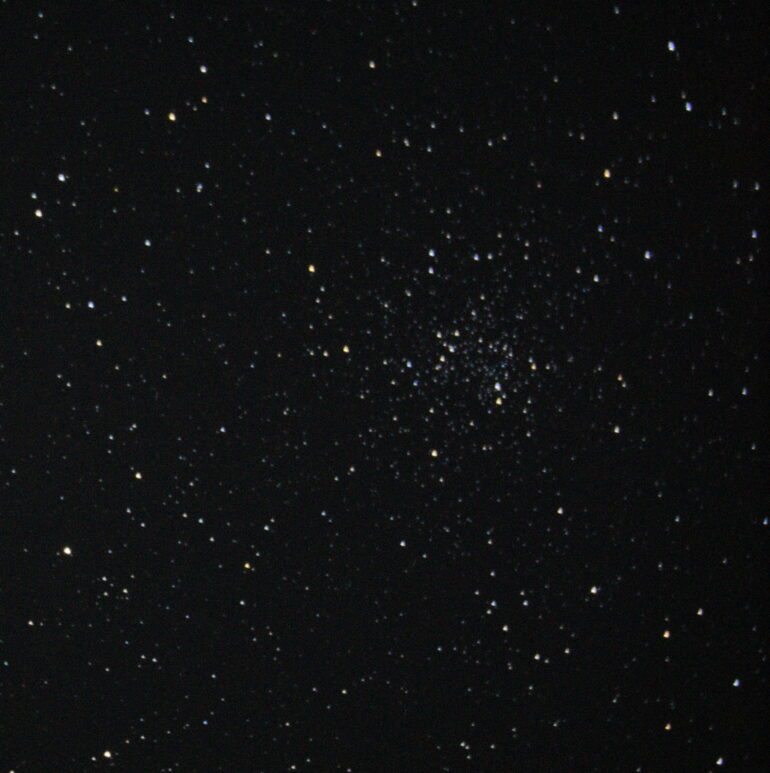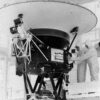Morphological study of open clusters can provide observational evidence for tracing the formation mechanism of star clusters and help to explore the evolution of star clusters.
The morphology of open clusters on the two-dimensional (2D) projection planes mostly conforms to the core-shell structure. However, whether this layered structure actually exists in three-dimensional (3D) space is not known.
Recently, researchers from the Xinjiang Astronomical Observatory (XAO) of the Chinese Academy of Sciences proposed a rose diagram overlaying method based on Gaia data to study the 3D layered structure of open cluster samples within 500 parsec (pc) near the sun.
Results showed that the proposed method could quantitatively depict the morphology of open star clusters and provide method support for identifying the 3D structure of open cluster samples. The method may play an important role in structural classification of open clusters. The study was published in Astronomy and Astrophysics.
The researchers used the rose diagrams to quantitatively depict the random morphology of open clusters on three projection surfaces in 3D space. The synthetic rose diagram of each open cluster sample was obtained by overlay, and whether the composite diagram has a stable core circle was used as an indicator to identify whether the open cluster sample has a 3D layered structure.
They found that if a stable inner circle appeared in the superimposed rose diagram of a cluster, then the open cluster had a 3D layered structure. In addition, they defined the basic parameters of the 3D layered structure, including circle core area and irregular nuclear region, the unstable kernel area, and the unstable parameters of the layered structure.
Through statistical analysis, they also found that the circle core area of the open cluster sample maintained a relatively significant positive correlation with the number of its own member stars, while there was a significant negative correlation between the irregular nuclear region of the layered structure of the open cluster sample and the number of its own member stars.
This study is the first to explore the 3D layered structure of open star clusters using the rose diagram overlaying method. The physical mechanism behind the 3D layered structure of star clusters and the conditions for forming the 3D layered structure of star clusters still need to be further studied.
More information:
Qingshun Hu et al, A detection of the layered structure of nearby open clusters, Astronomy & Astrophysics (2023). DOI: 10.1051/0004-6361/202244199
Provided by
Chinese Academy of Sciences
Citation:
Researchers develop new method for layered structure detection in open star clusters (2023, April 26)



